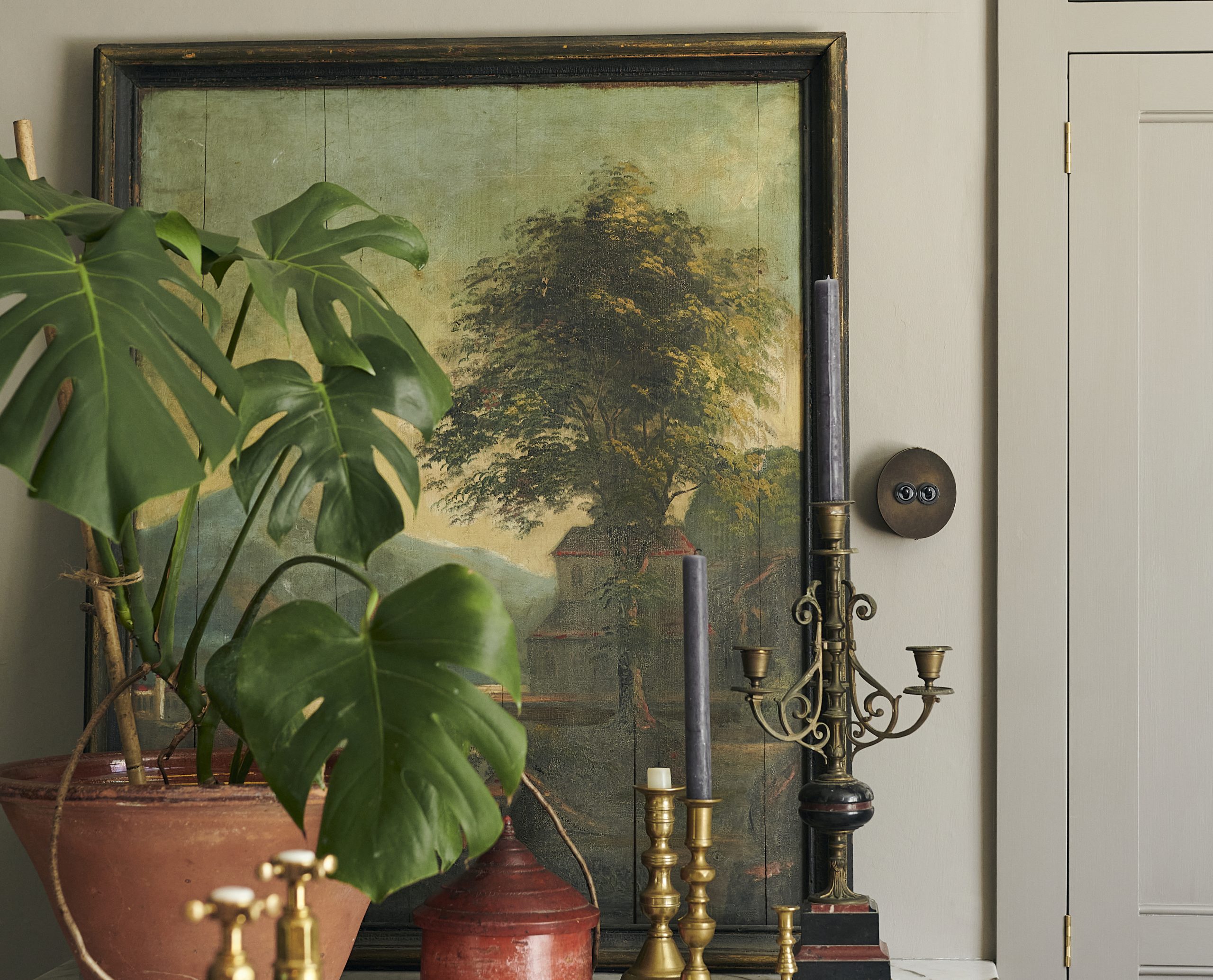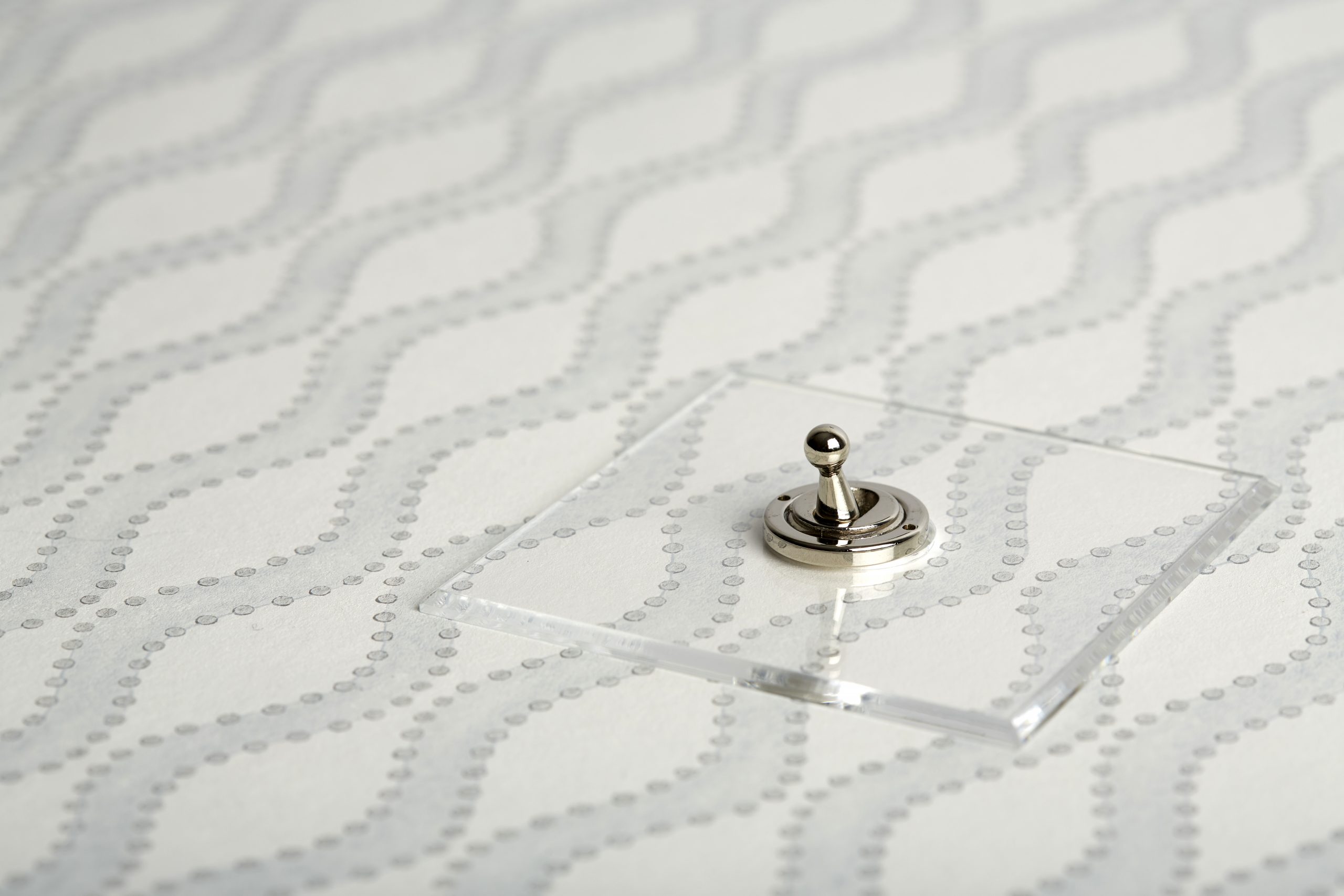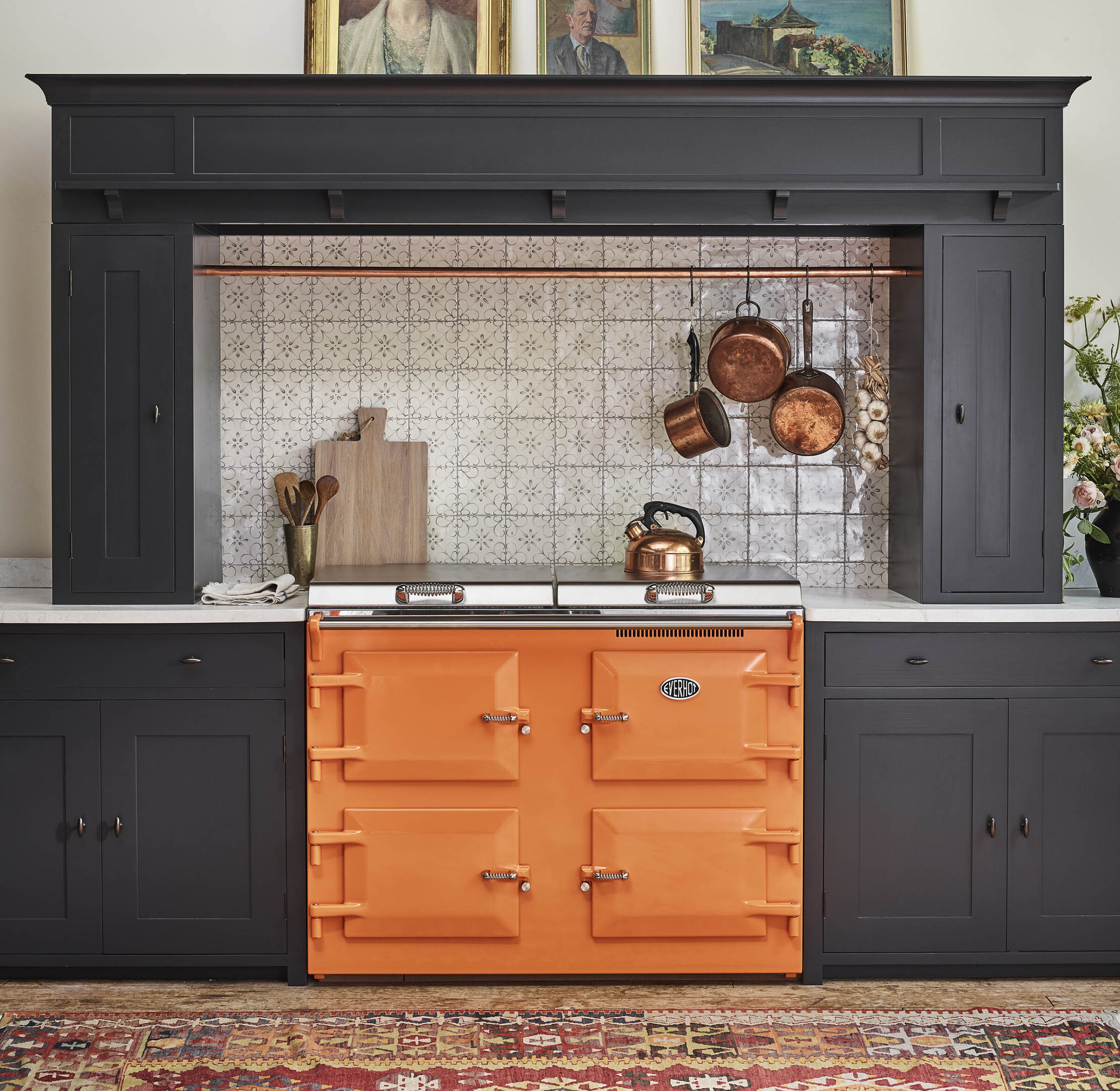Light switch alternatives: Why it's time to ditch plastic
There are a growing number of options to replace the plastic light switch.


When it comes to brutalist functionality, it’s hard to beat the white plastic ‘rocker’ switch. It’s an inexpensive, ubiquitous 21st-century incarnation of the switch dreamt up by the electrical engineer John Henry Holmes in 1884, which employed ‘quick-break technology’ that turned lights on and off instantly.
Thirty years later, William J. Newton moved things on again with an elegant, brass toggle switch that replaced the push button.
It was the creeping functionality of light switches that interior designer Serena Herbert sought to address when she launched Forbes & Lomax more than 30 years ago. Its first ‘invisible light switch’: a simple, transparent Perspex plate that allowed the wallpaper or paint beneath to show through, with only a metal switch visible. It was an instant hit.
‘The type of light switch you choose comes down to a question of budget,’ believes Mrs Herbert. ‘A white plastic light switch costs a few pounds, whereas ours start at £40. However, the effect, we believe, can be quite transformative.
'For a relatively little outlay, changing these details can instantly — albeit almost unconsciously — smarten up a space.’
Light switches haven’t always been utilitarian, notes Mrs Herbert, who remembers that those at her school were made of cast brass in the shape of a friar’s head.
‘You would toggle his nose up and down.’ The Forbes & Lomax collection includes a range of rotary dimmers and momentary switches that come in the form of a toggle, rocker or button. ‘I think the whole idea of a switch is not to notice them,’ she adds.
Sign up for the Country Life Newsletter
Exquisite houses, the beauty of Nature, and how to get the most from your life, straight to your inbox.
Interior decorator Irene Gunter has more forthright views on the matter of white plastic light switches. ‘We never use them, except in functional spaces such as garages. I wouldn’t even use them in a utility room.’
She turns instead to Forbes & Lomax or Focus SB for more elegant solutions.

‘Antique brass and bronze finishes are still very much in fashion, but it depends on the scheme: bronze sockets can look like dark blobs on a cream wall,’ explains Mrs Gunter. ‘The ideal is to make them so subtle you hardly notice them. We’ll go as far as to powder-coat switches and sockets in the same colour as the walls, if the budget allows.’
Mrs Gunter says that clients aren’t generally aware of the impact the right switches and sockets will have, until it’s pointed out. She also adds that our approach to switches is different to that of Europe. ‘In Belgium, they take it very seriously and there is a whole array of brands available that we don’t have in the UK.’
Heralding that shift is the arrival of the Wiltshire-based Corston Architectural Detail. The online company was born out of a demand for a coherent range of fittings, explains founder Giles Redman.
He sees a further reason for white plastic light switches falling out of favour: customers are demanding more sustainable materials. ‘All our switches and sockets are made from solid brass, a natural material that is also recyclable.’
He adds: ‘We also strongly believe that the tactile parts of the home you interact with every day are really important, hence they should be a joy to use.’

Colourful kitchens: Why even a dash of a bold, vibrant hue goes a long way in a kitchen
A generation or two ago, kitchens were routinely re-done in bright colours — and there's something in colourful kitchen design even
-
 'Monolithic, multi-layered and quite, quite magnificent. This was love at first bite': Tom Parker Bowles on his lifelong love affair with lasagne
'Monolithic, multi-layered and quite, quite magnificent. This was love at first bite': Tom Parker Bowles on his lifelong love affair with lasagneAn upwardly mobile spaghetti Bolognese, lasagne al forno, with oozing béchamel and layered meaty magnificence, is a bona fide comfort classic, declares Tom Parker Bowles.
By Tom Parker Bowles
-
 Country houses, cream teas and Baywatch: Country Life Quiz of the Day, April 24, 2025
Country houses, cream teas and Baywatch: Country Life Quiz of the Day, April 24, 2025Thursday's Quiz of the Day asks exactly how popular Baywatch became.
By Toby Keel